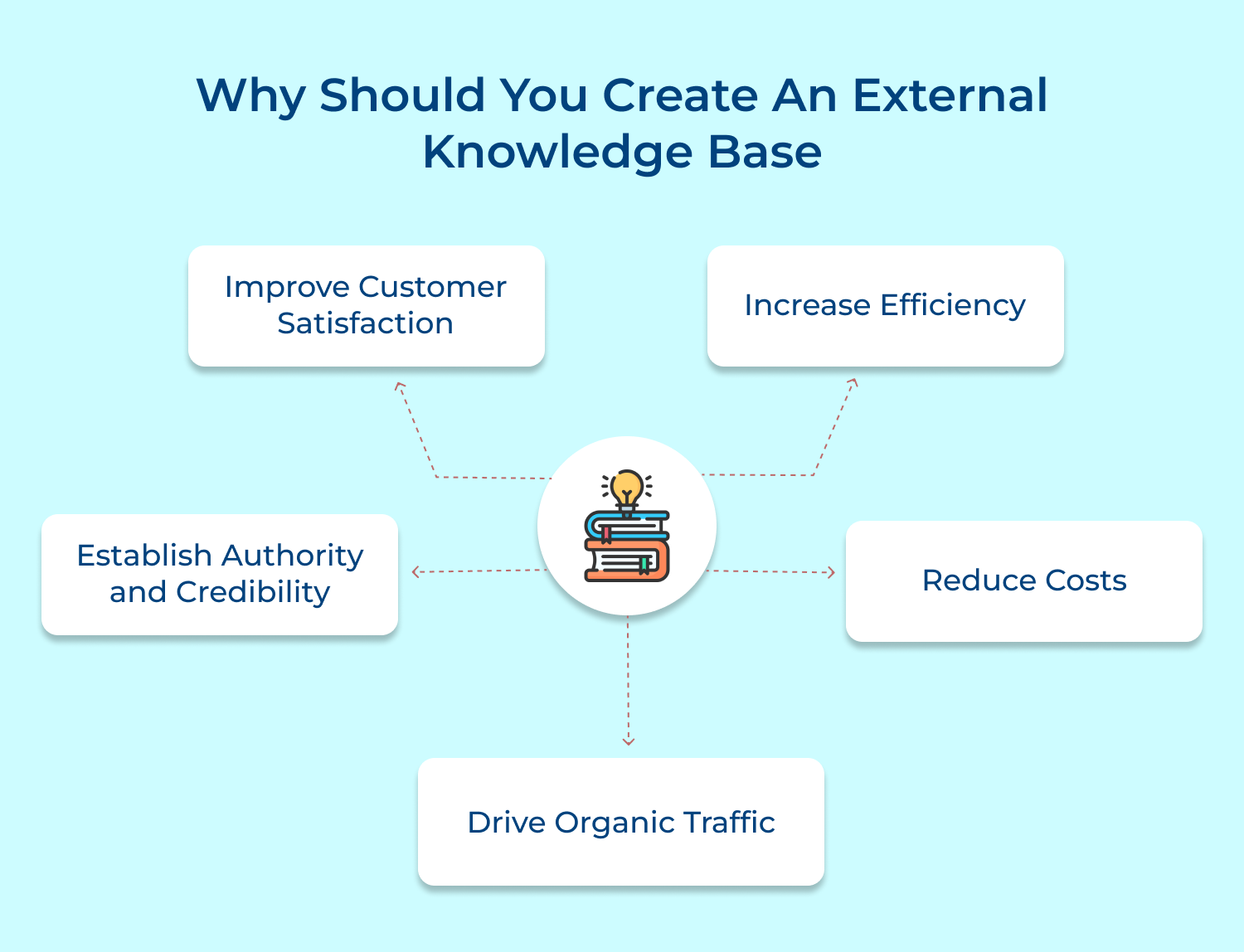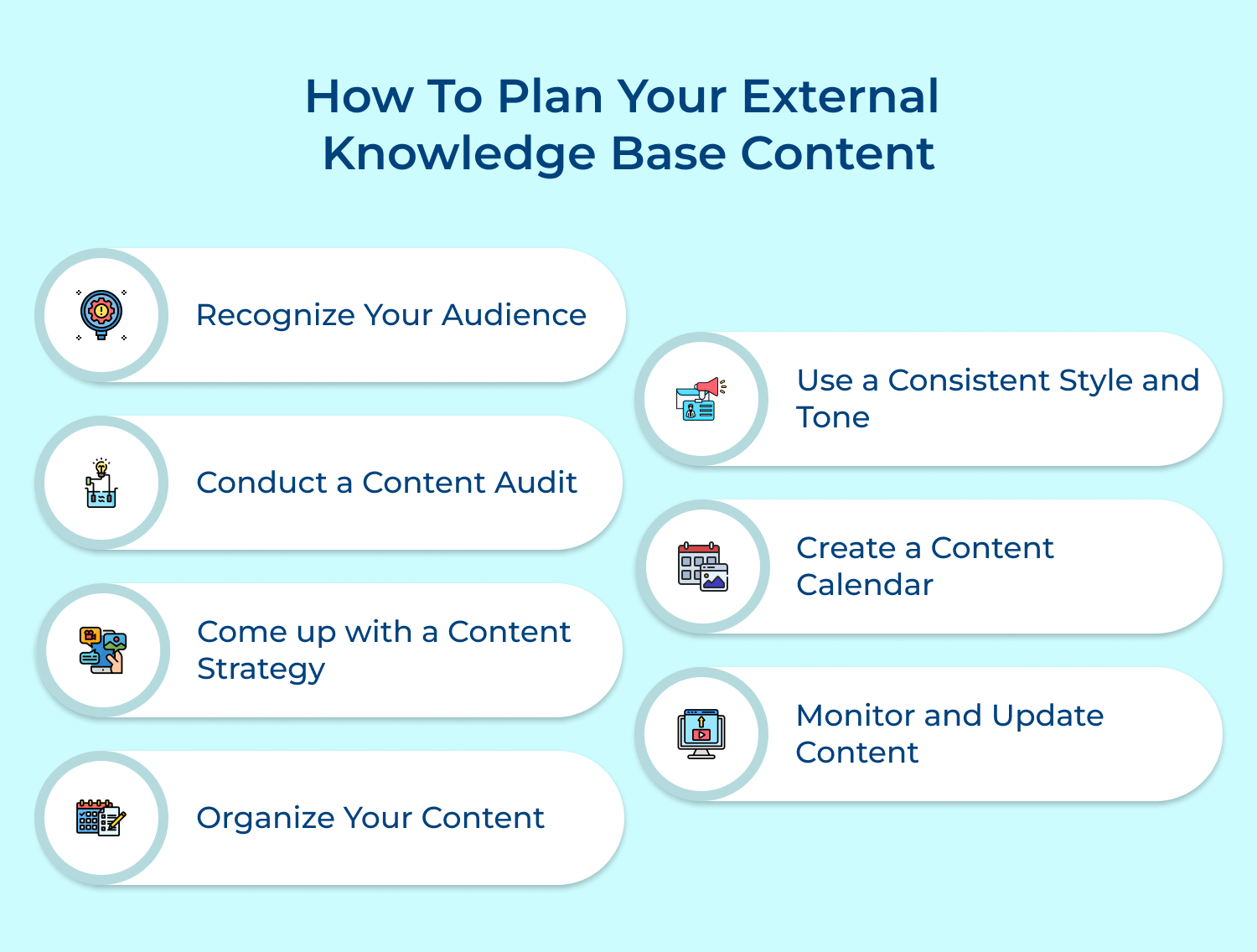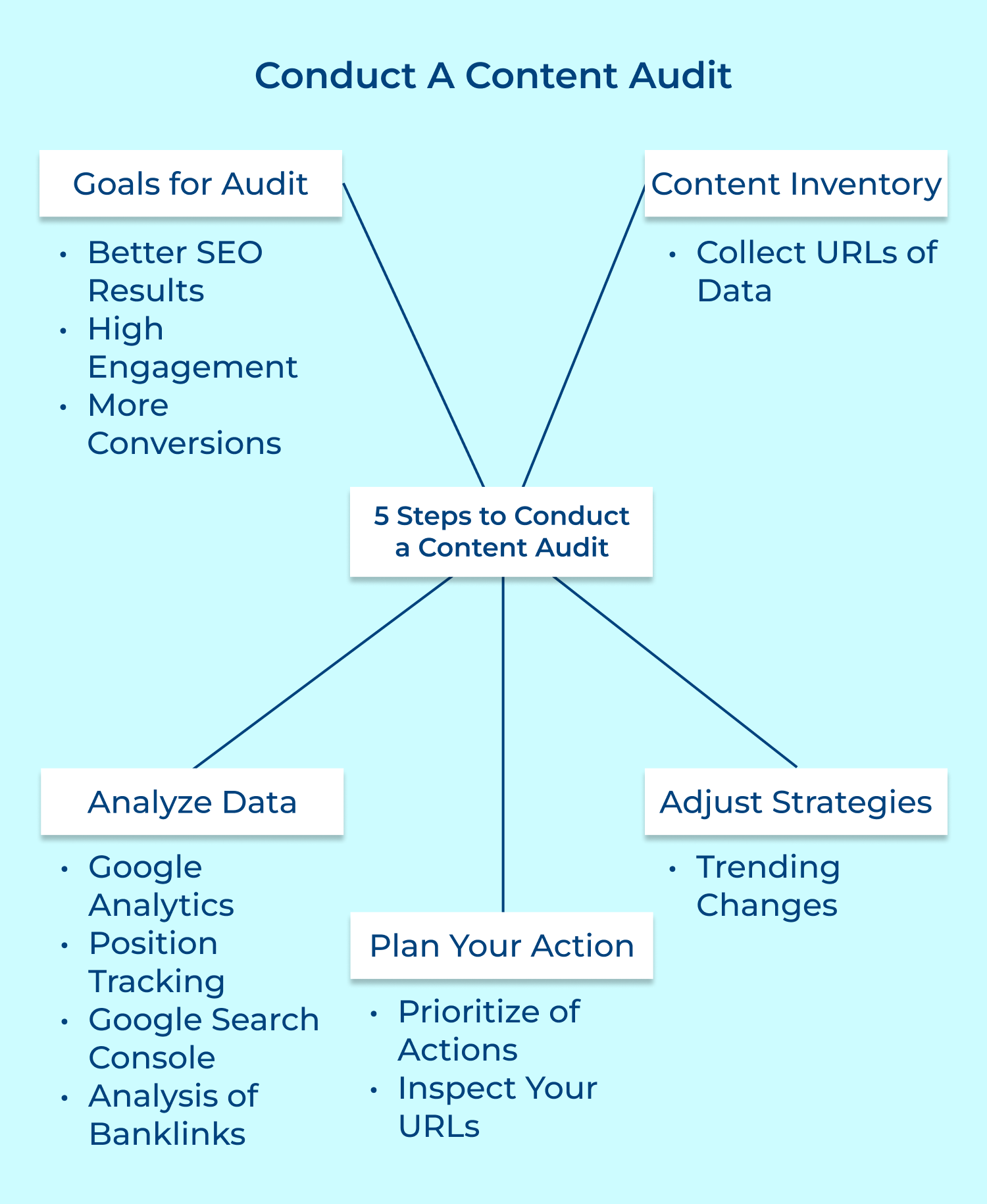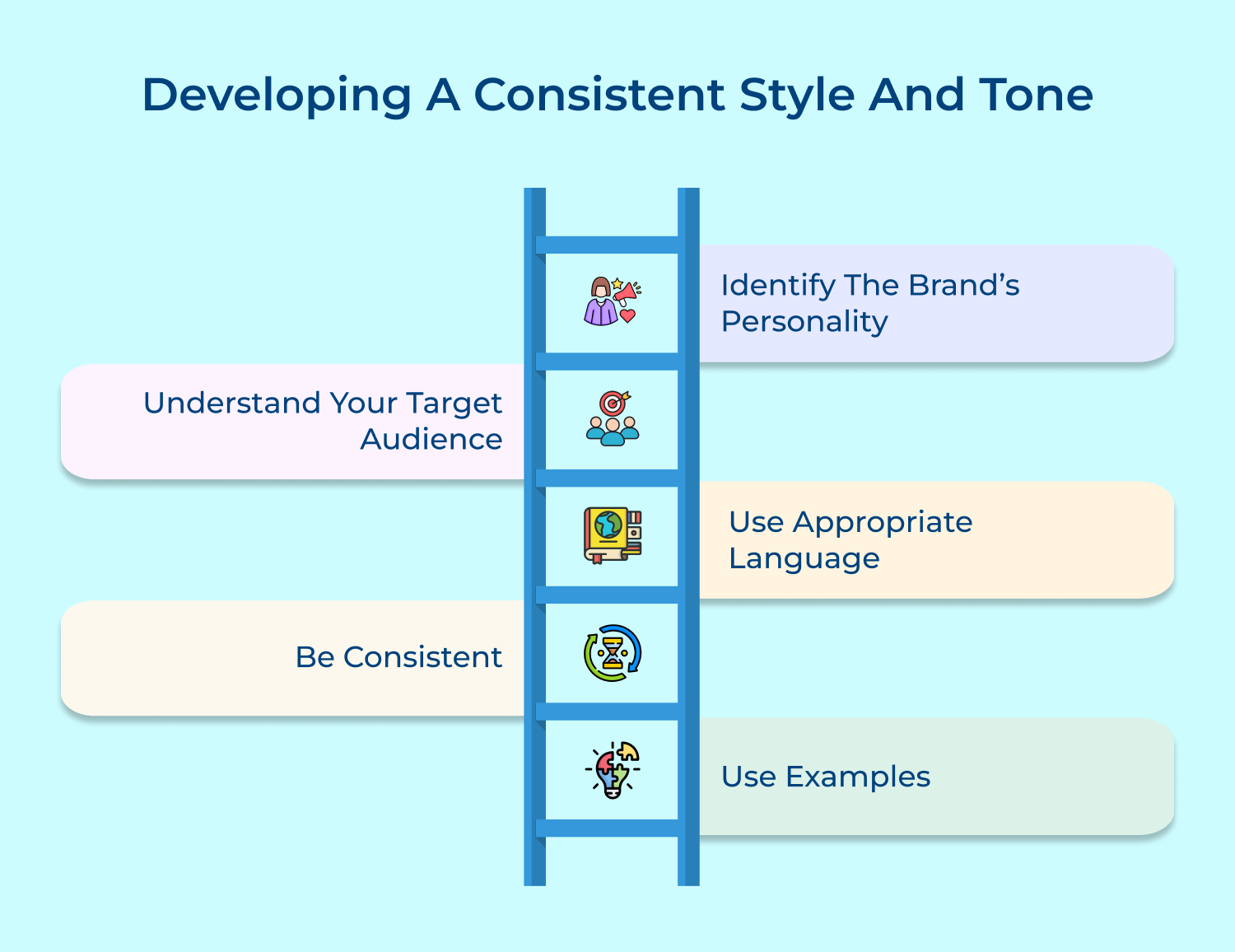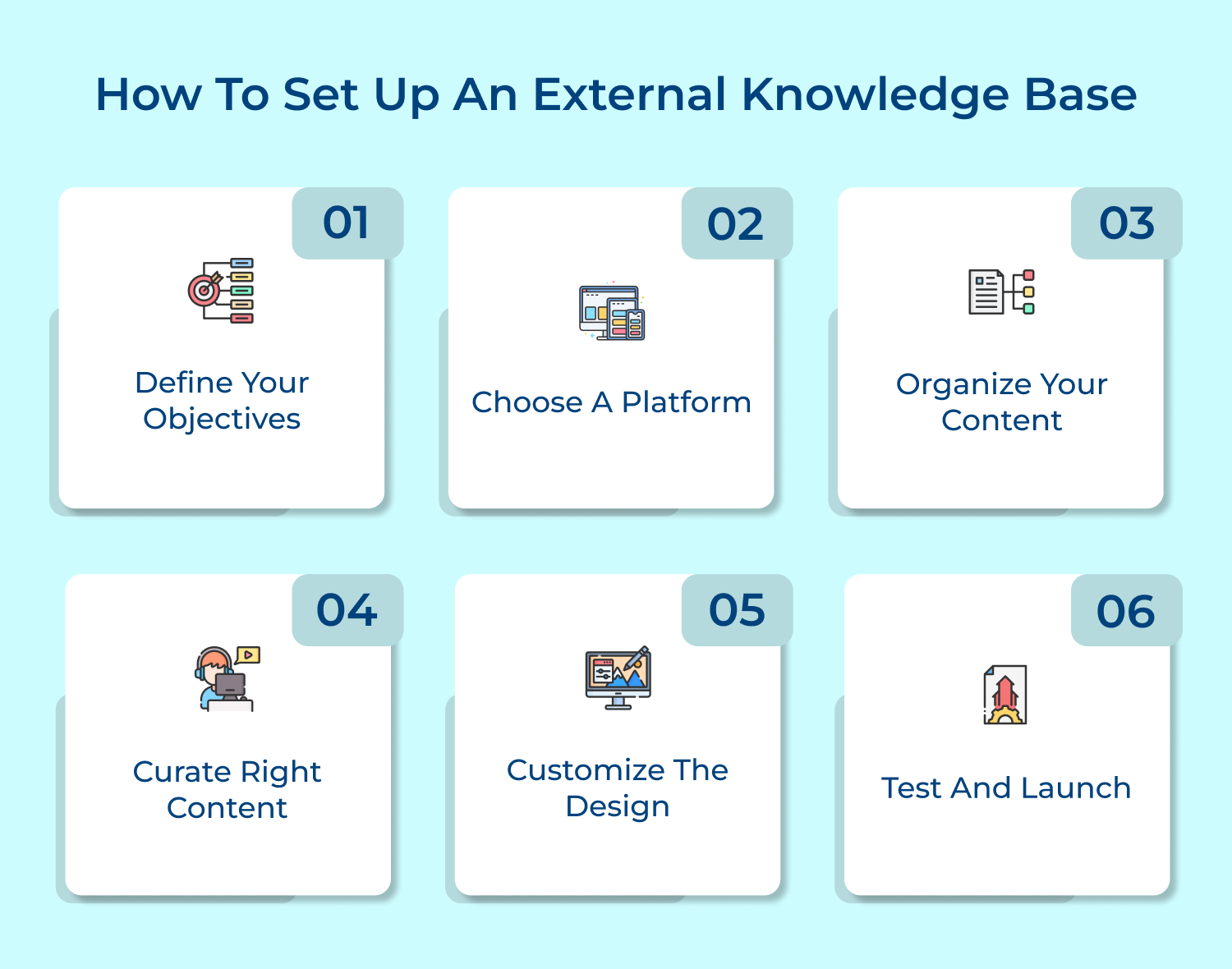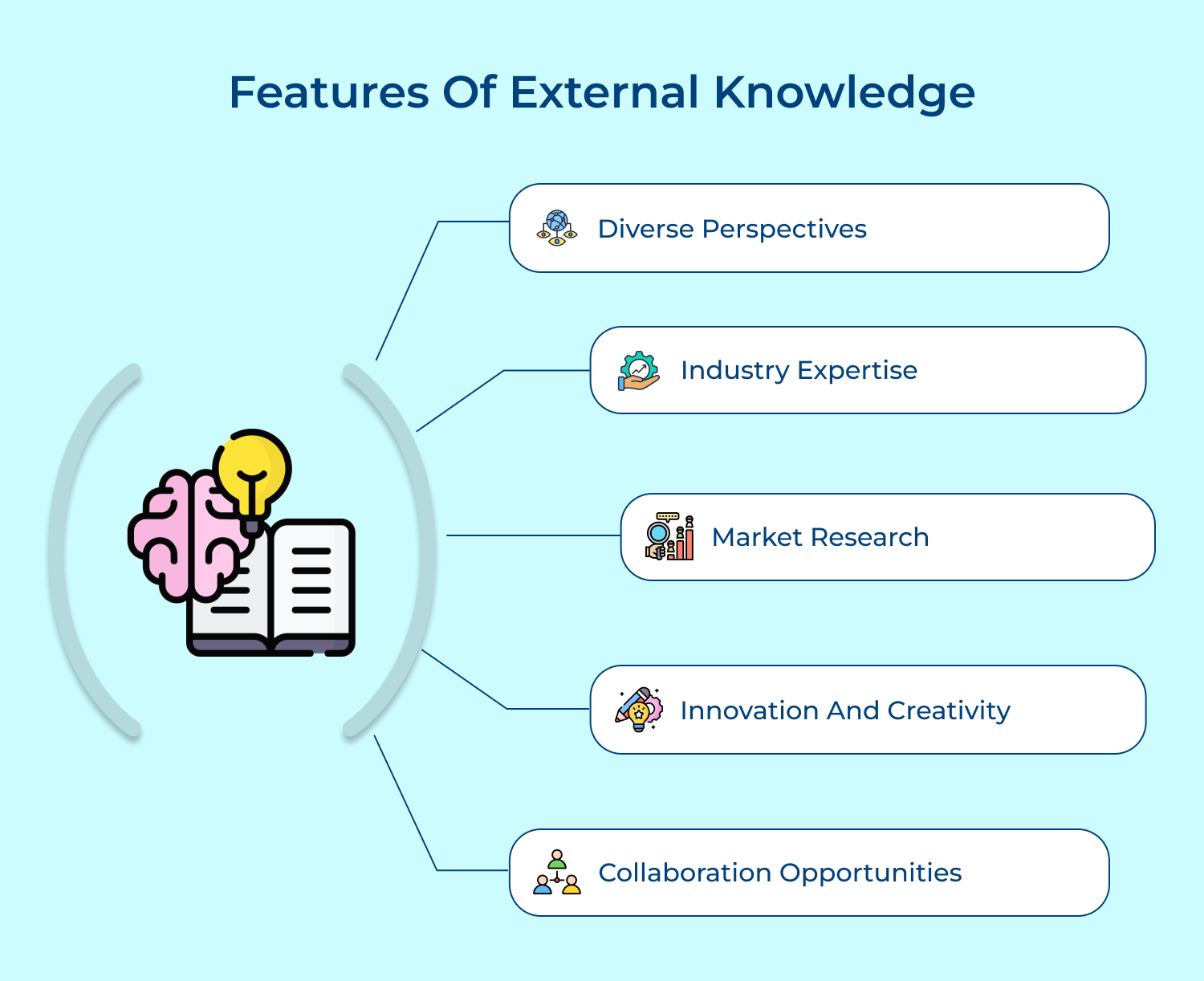- Diverse perspectives: External knowledge can provide a fresh and diverse perspective on a particular topic or industry. By gathering insights from different sources, marketers can gain a more well-rounded view of their target audience as well as market trends.
- Industry expertise: Experts in specific fields add authenticity to your content. This expertise can be invaluable for understanding the nuances of a particular market and developing strategies that resonate with consumers.
- Market research: External knowledge can also include market research data and reports from third-party sources. The Information unlocks new opportunities to track customer behavior while also assessing competitor strategies.
- Innovation and creativity: Inspiring innovation and creativity in digital marketing campaigns, you collect perspective. Tap into them to develop fresh and engaging content that captures the attention of their target audience.
- Collaboration opportunities: Collaboration is always an added advantage to any company. You connect with influencers, industry experts as well as other businesses. Working together leverages each other’s strength to reach a wider audience.
External Knowledge Base Examples
External knowledge bases range from online articles & forums to specialized databases & expert networks.
Stack Overflow
Stack Overflow is a popular online community for programmers to ask and answer technical questions. It serves as a valuable resource for troubleshooting code, learning new programming languages and connecting with other professionals in the industry. Users can search for specific topics, post their own questions and contribute to discussions, making it a go-to resource for anyone in the tech field.
Harvard Business Review
The Harvard Business Review is a well-known publication that offers analysis on business strategy, management and leadership. Their knowledge base includes articles, case studies and research reports that cover a wide range of topics relevant to professionals in various industries. Business leaders access these resources to stay informed on best practices, trends and innovative strategies for success.
Khan Academy
Khan Academy is a non-profit educational organization that provides free online courses and tutorials on a variety of subjects, including math, science, history, economics etc. Their knowledge base is designed to support students of all ages and skill levels, offering interactive lessons, practice exercises as well as personalized learning tools. By leveraging Khan Academy’s resources, learners can supplement their traditional education and enhance their understanding of complex concepts.
Google Scholar
Google Scholar is a search engine that indexes scholarly articles, journals and academic publications from around the world. Researchers, students and professionals can use this platform to find reliable sources for their work while also staying up-to-date on the latest research in their field. Google Scholar’s external knowledge base helps users access credible information, evaluate research findings and contribute to the academic community.
Empower Learning and Growth with External Knowledge Base
In conclusion, empowering individuals to learn and grow with external knowledge bases is essential in the competitive sphere. By seeking out new information, skills and perspectives from external sources, individuals can expand their horizons, improve their expertise, while staying ahead of the curve.
Whether through formal education, online courses, mentorship, or freelance work, the opportunity to continuously learn and grow is crucial for personal as well as professional development. By embracing external knowledge bases, individuals can unlock their full potential and thrive in a rapidly changing digital marketing landscape.

